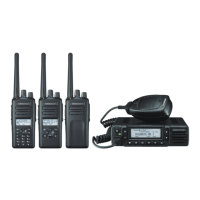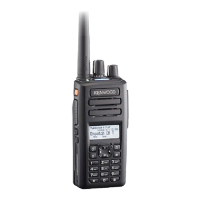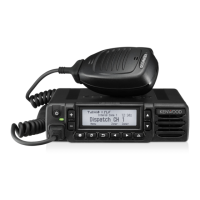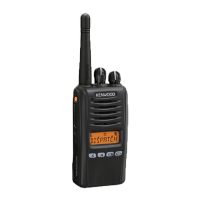A
April WilliamsJul 31, 2025
What to do if the /FRST repeats 3.3V and 0V at intervals in Kenwood NX-300 Transceiver?
- JJose McleanAug 1, 2025
If the /FRST repeats 3.3V and 0V at intervals, the ASIC, FLASH and SRAM may be broken.
What to do if the /FRST repeats 3.3V and 0V at intervals in Kenwood NX-300 Transceiver?
If the /FRST repeats 3.3V and 0V at intervals, the ASIC, FLASH and SRAM may be broken.
What to do if the /FRST is always 0V in Kenwood NX-300?
If the /FRST is always 0V, the ASIC is broken.
What to do if there is abnormal voltage at 33M IC404 (3 pin) in Kenwood NX-300?
If you observe an abnormal voltage at 33M IC404 (3 pin), remove L714 to check the voltage of the 33M. If the voltage becomes normal, it indicates that the ASIC is broken.
What to do if there is abnormal voltage at 15M IC717 (4 pin) in Kenwood Transceiver?
If you observe an abnormal voltage at 15M IC717 (4 pin), remove L715 to check the voltage of the 15M. If the voltage becomes normal, it indicates that the ASIC is broken.
What to do if there is abnormal voltage at 33A IC406 (5 pin) in Kenwood Transceiver?
If you observe an abnormal voltage at 33A IC406 (5 pin), remove L716 to check the voltage of the 33A. If the voltage becomes normal, it indicates that the FLASH is broken.
What to do if there is abnormal voltage at 31BU IC416 (3 pin) in Kenwood NX-300?
If you observe an abnormal voltage at 31BU IC416 (3 pin), remove L710 to check the voltage of the 31BU. If the voltage becomes normal, it indicates that the SRAM is broken.
Critical safety precautions for operating and handling the radio equipment.
Explains using a PC for programming interface, software, and connection procedures.
Procedures and precautions for disassembling the radio for repair.
Details the method and required equipment for checking water resistance.
Comprehensive guide for diagnosing and resolving common transceiver issues.
Detailed procedures for aligning and adjusting transceiver performance parameters.
| Channels | 260 |
|---|---|
| Power Output | 5W |
| Operating Voltage | 7.5V DC ±20% |
| Digital Protocol | NXDN |
| GPS | Optional |
| Bluetooth | No |
| Ingress Protection | IP54/55 |
| Frequency Range | 136-174 MHz |
| Channel Spacing | 12.5/25 kHz |
| Modulation | 16K0F3E/11K0F3E/8K50F3E |












